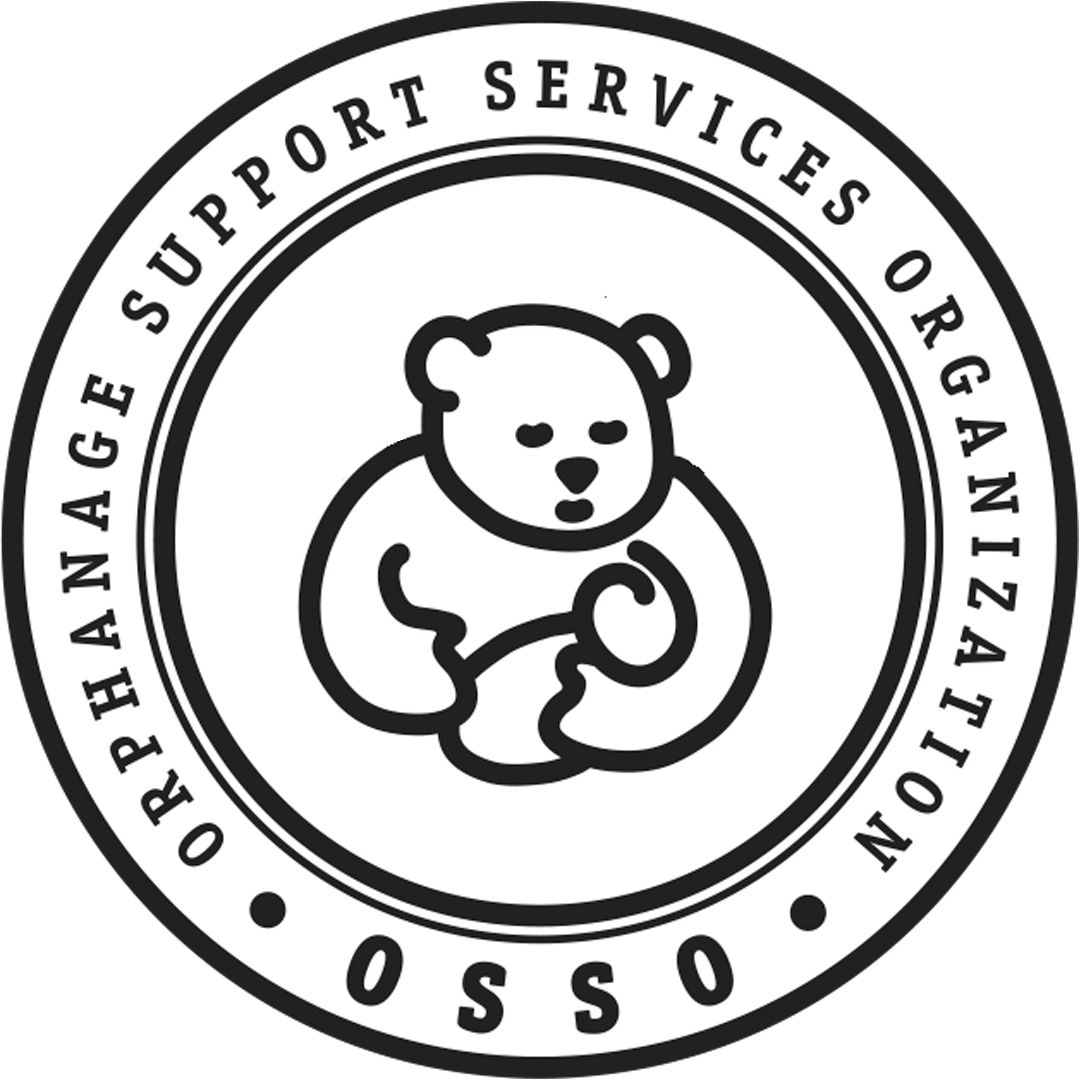What do you know about orphanages?
We want to help people better understand why children end up in well-run orphanages, how they get there, and what happens after they arrive.
Many view orphanages as a home for children with no living parents. Orphanages have and do care for parentless children but they also care for children with living parents, just like the foster care program in the United States.
So are the children in the homes we support orphans or not? Good question. Some have one or both parents, some have neither. Unfortunately, some parents don’t provide their children with the care they need to become healthy functioning adults.
Here are some reasons why children end up in orphanages:
They have no living parents.
They were not receiving proper care from their parents.
They were victims of physical, emotional, or sexual abuse.
Their parents gave them up because they didn’t feel capable of caring for their child.
Their parents were incarcerated.
Parents or no parents, the needs of every child are the same. When a child doesn’t have a good place to live, an orphanage provides that child with a safer home until a better home can be found.
What happens when a child ends up in an orphanage? The process can vary from country to country. We will explain the Ecuadorian process.
When an orphanage receives a new child, the staff at a well-run orphanage starts searching for a loving home for the child. They complete the following steps to do so:
They try to locate the child’s biological family.
If located, the family is accessed to see if they can properly care for the child.
A rehabilitation process with the family is performed if necessary.
Once it is safe for the child to be placed with the family, a reunification process is performed and the child is placed in the care of his/her family.
If a child’s immediate or extended biological family are unwilling or unable to complete the rehabilitation or reunification process, work begins to have the child declared abandoned.
Once that process is complete, the institution and the government start the process of declaring the child eligible for adoption within Ecuador.
If placing a child with a family in Ecuador isn’t happening, the process to declare the child eligible for international adoption begins.
Once that process is completed, the child waits to be adopted.
If a child is placed with a family, both the orphanage and the government perform separate follow-up evaluations of the child’s living conditions. Each entity submits separate reports to a judge. The judge reviews the reports to ensure the child is in a good living environment.
Unfortunately, not all children get adopted. Unadopted children continue in the care of the group home they are assigned. The orphanage’s professional team continues to seek a home for them, but as children grow up it becomes less and less likely they will be placed with a family.
As they age, children who haven’t been placed with a family are moved to a home for older children. If a suitable family is never found through any of the previously listed efforts, a child eventually ages out of the system and leaves to live on his/her own.
In every country, there are too many children in need of better homes. Every child needs a safe home and loving individuals to care for and nurture them into adulthood.
OSSO helps displaced children feel loved and supports institutions that care for them find those children loving homes that offer them a better chance at receiving the care they deserve.


